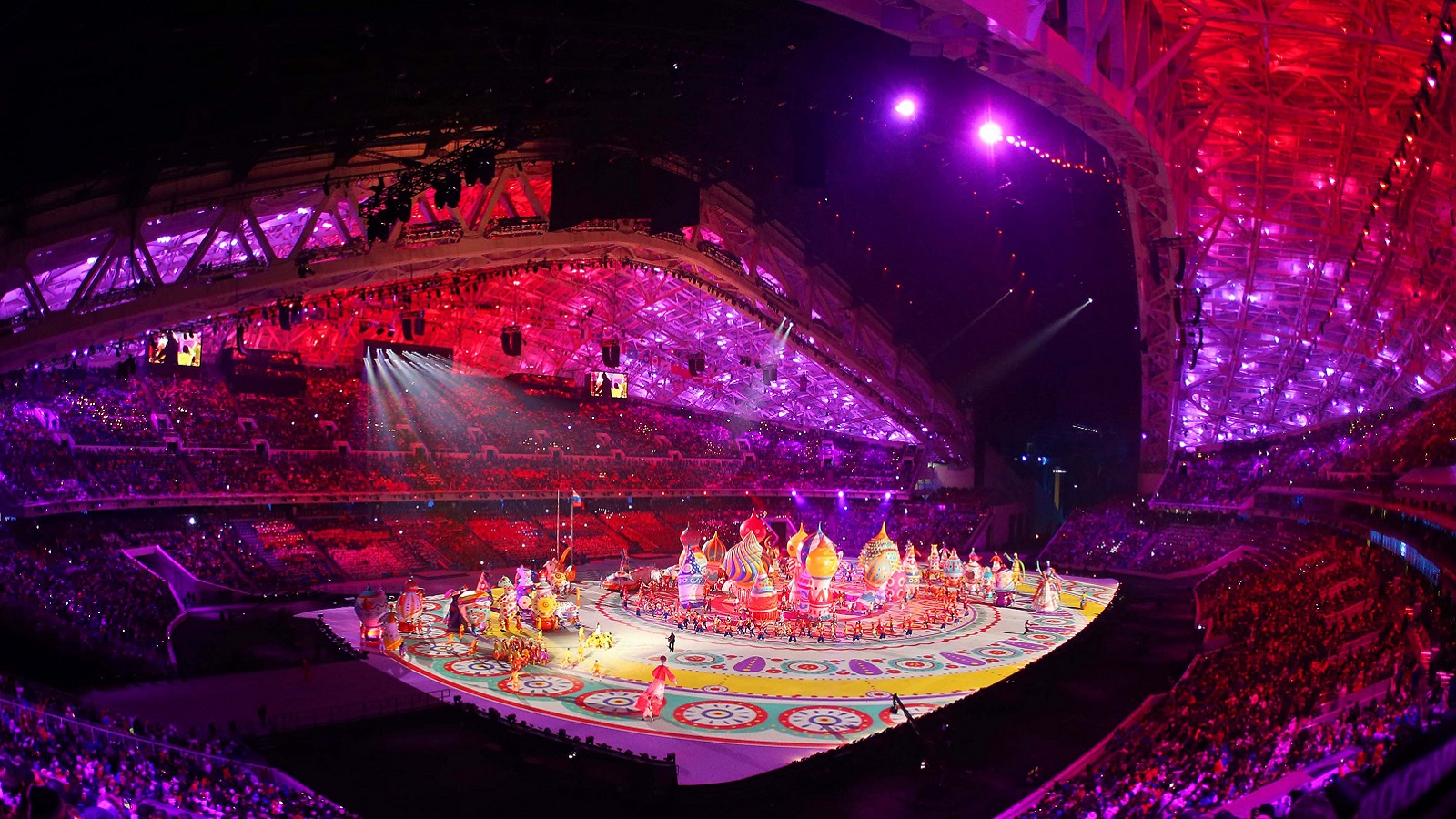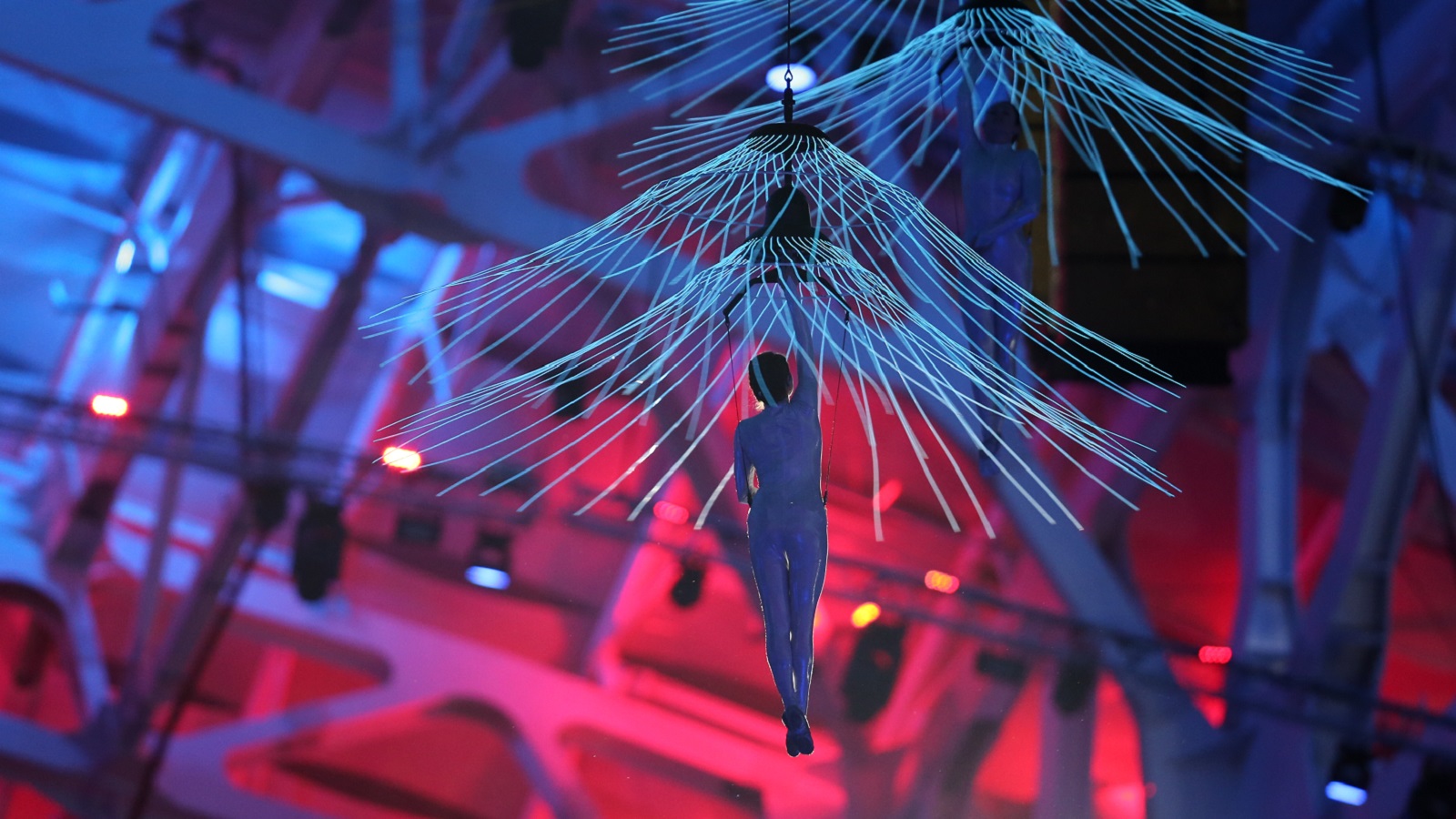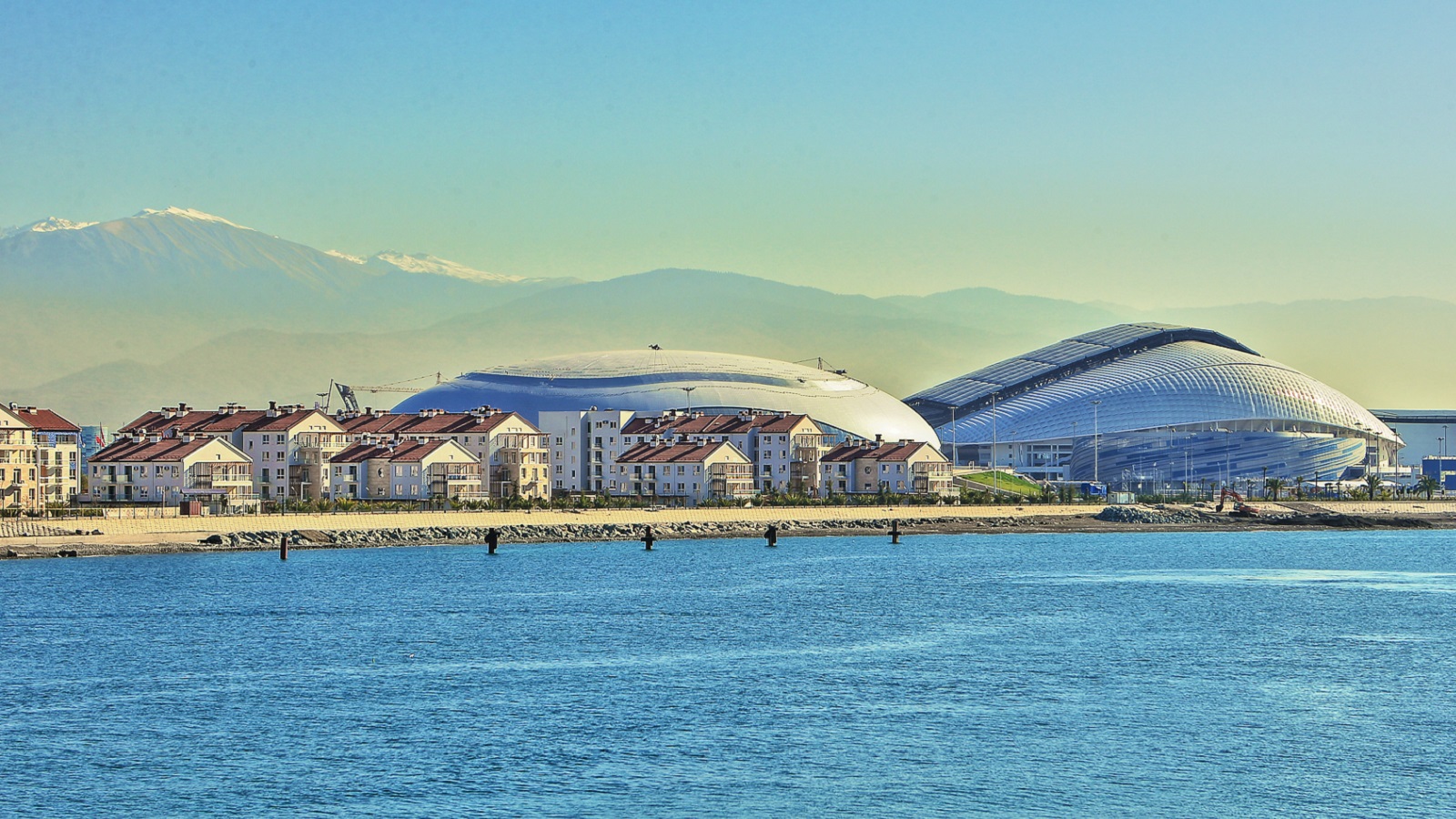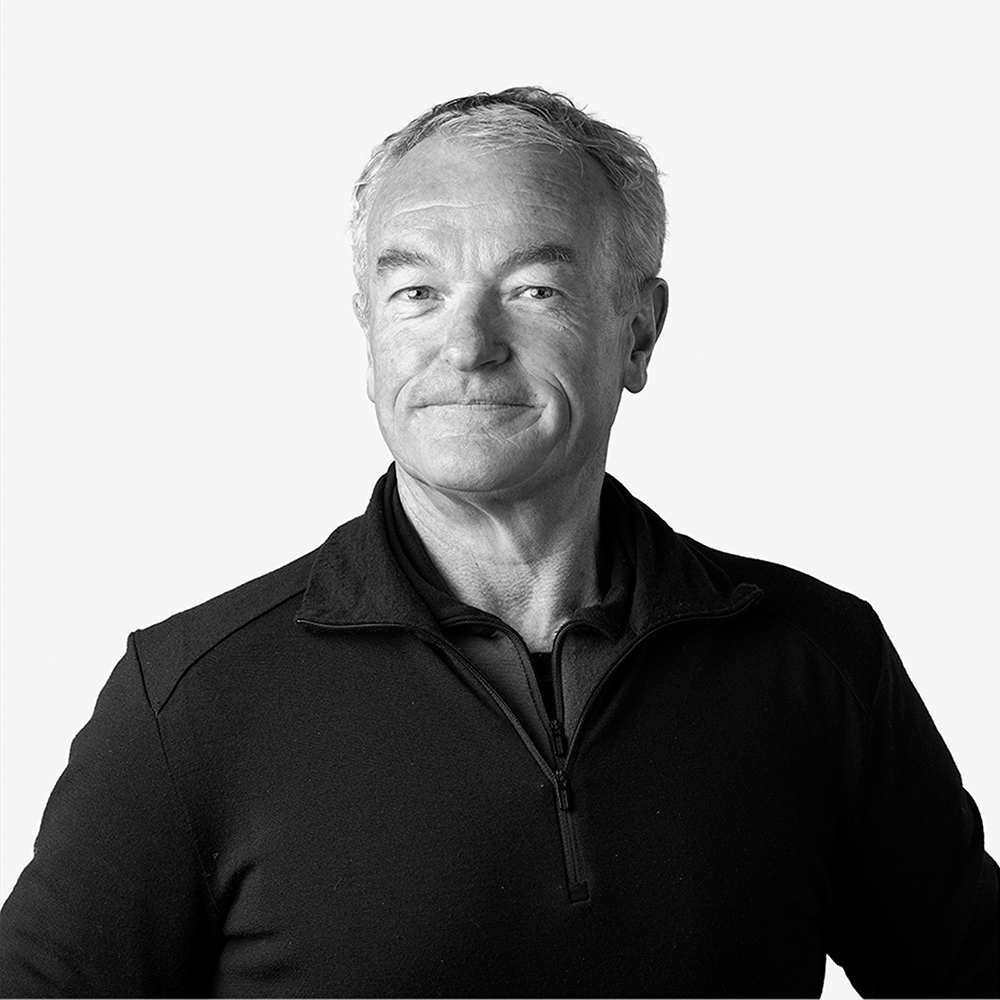Fisht Stadium and Sochi 2014 Winter Olympic & Paralympic Games
Sochi, Krasnodar Krai, Russia
-
Typologies
Stadiums
-
Building Activities
Events, Soccer
-
Services
-
Completion
2014
CHALLENGE. Russia’s bid for the 2014 Winter Olympics was part of a broader goal to step back onto the world stage as hosts of major sporting events (the country’s last event was the Moscow Summer Olympics back in 1980). The challenge was threefold: to convince the International Olympic Committee that Russia had both the vision and the infrastructure to host such a major event; to develop the popular summertime coastal resort of Sochi into a world class destination for winter sports, and to design a stadium flexible enough to facilitate the Olympic ceremonies, then act as a venue for FIFA World Cup matches and, finally, become the home venue for a local football team.
INNOVATION. Sochi 2014 marked the first time that an Olympic Park had been designed as part of a Winter Games master plan. This unusual step set a unique legacy for the Games, marking Sochi out as a winter destination for decades to come. Within the park, the main level of the stadium is raised on a landscaped mound, providing stunning views from within. The unique engineering systems enabled truly memorable opening and closing ceremonies while, post-Games, the in-built flexibility of the stadium’s design means its capacity can change over time to provide event configurations from 45,000 seats for FIFA World Cup matches in 2018 to a compact, atmospheric 25,000 for local matches.
IMPACT. Winning the bid for the 2014 Winter Olympic Games not only reinstated Russia’s reputation as a viable host for major events, but transformed Sochi itself. The infrastructure that Populous’ work helped create has regenerated the region, marking Sochi out as a year-round tourist destination, and a major new European winter sports center.
Services Provided
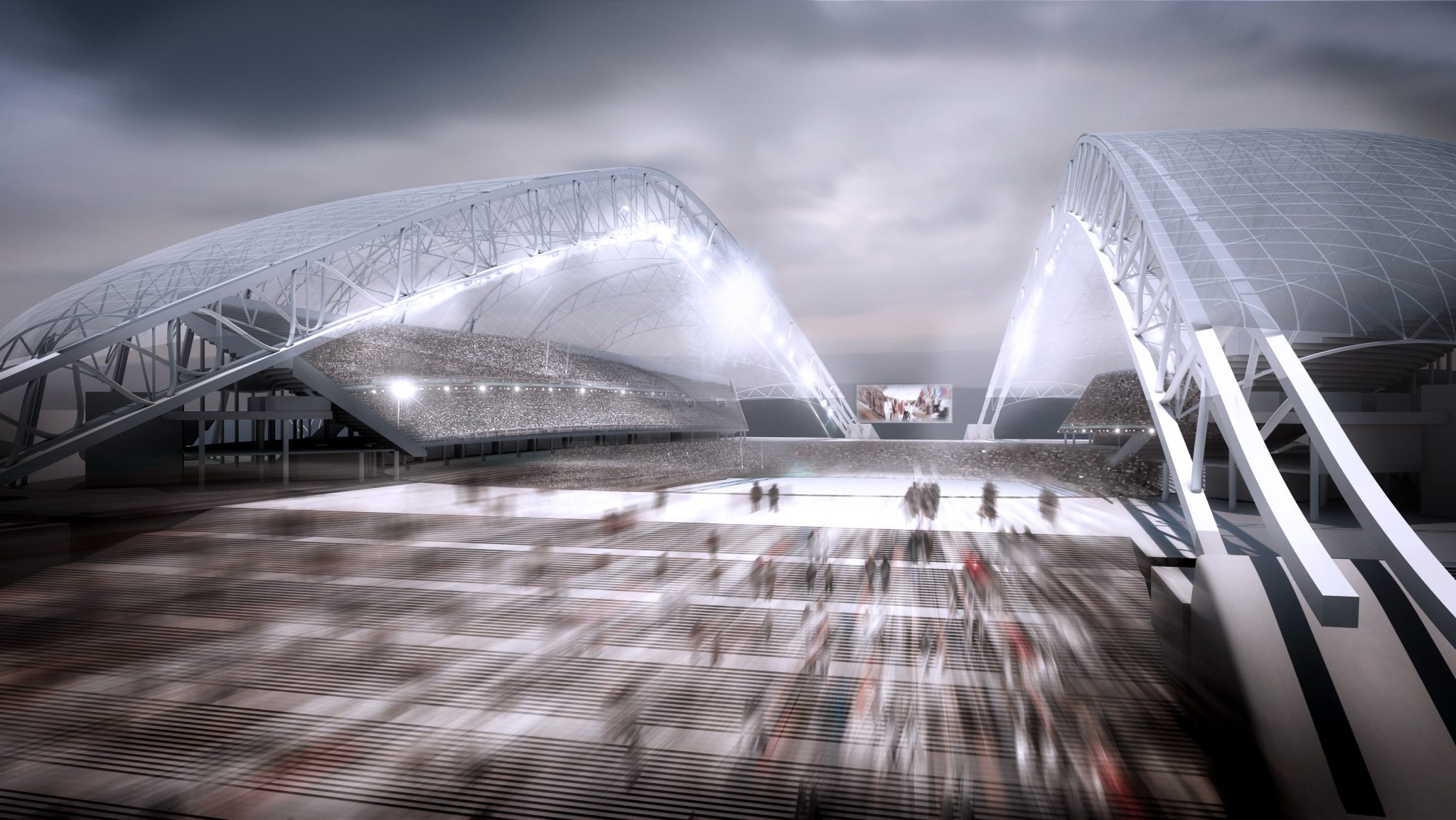
The Fisht Stadium was originally designed to stage the 2014 Winter Olympics Opening and Closing Ceremonies and also as a legacy soccer stadium to host 2018 FIFA Semi-Final World Cup matches, as well as games for club side PFC Sochi and the Russian national team.
The project involved designing a scalable seating capacity that could rise and fall to meet the needs of event organizers for the Winter Olympics and the World Cup games, then reduce back for local club soccer. To achieve this, our teams devised an innovative open-ended stadium, with permanent stands on the eastern and western sides of the bowl with low-level seating at either end that can support the addition of modular temporary seating.
In the run-up to the World Cup, the addition of luxury corporate suites at the north and south ends further enhanced the stadium’s offer of permanent seating. This means that today the Fisht’s capacity stands at 36,000 seats.
The architectural language of the stadium has been designed to mediate between the Black Sea coast and the nearby Caucasus Mountains. The name ‘Fisht’ reflects the form of the roof, which was inspired by the nearby Fisht Mountain Range. The skeletal roof and seating support structure, as well as the fish-scale-like pattern of the ETFE roof alludes to the nearby sea. An open-backed concourse allows visitors to explore the outer podium with uninhibited panoramic views of the wider region.
The permanent canopies over the stands have been constructed from Ethylene Tetra Fluoro Ethylene (ETFE) multi-layered foil cushions, which allows the natural grass playing surface to absorb the ultra-violet light it needs to grow while simultaneously sheltering spectators from the elements.
From inside the stadium these cushions act as a lens, offering a playfully distorted view of the sea and the mountains and casting variegated light patterns across the bowl as the mid-afternoon sun shines through. Viewed from the outside, a white tint applied to the outer-most layer of foil gives the stadium a look evocative of the snow-capped mountain it is named after, and at night LED lights within the cushions themselves illuminate the façade with a vibrant rainbow of colors.
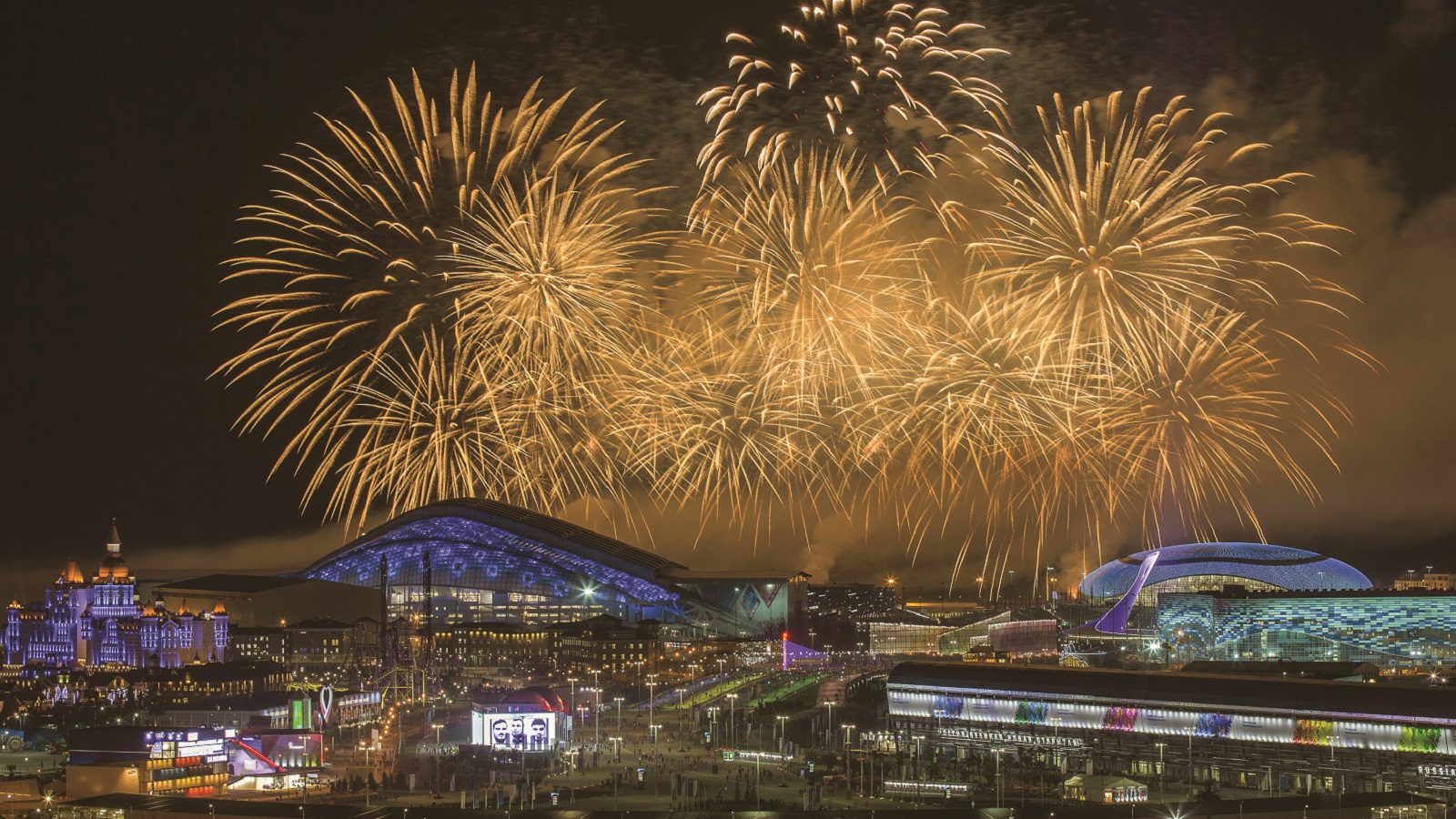
Populous’ master plan for the wider Sochi Olympic Park creates a setting for an eclectic mix of cultural festivals throughout the year and encompasses sections of the newly developed Sochi Autodrom race track, which has seen Formula 1 return to Russia for the first time in over 100 years. The development is considered one of the most successful examples of a sports legacy project in Russia’s history.
Awards
- 2014
- Commemorative medal of the XXII Olympic and Paralympic Winter Games
